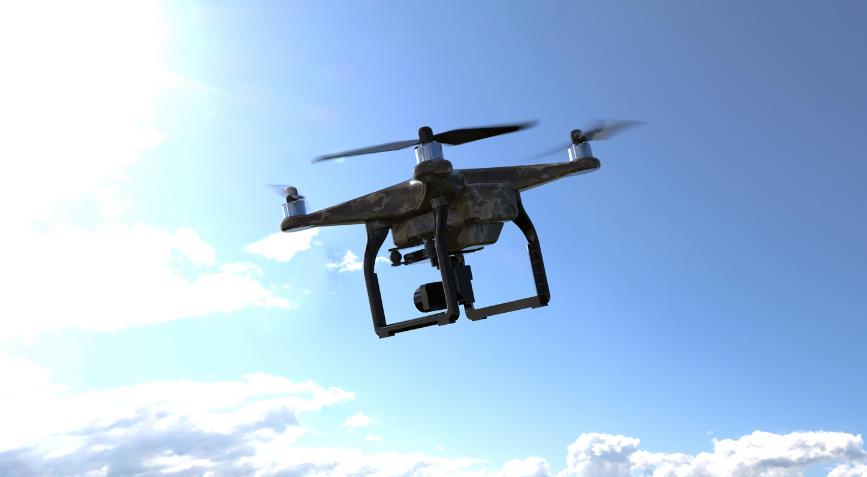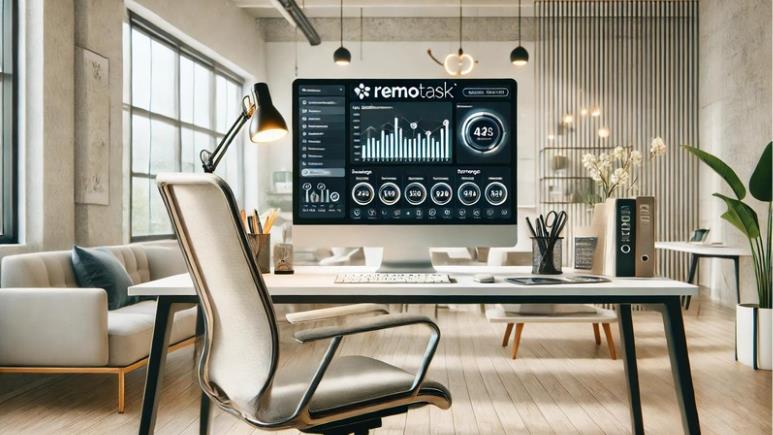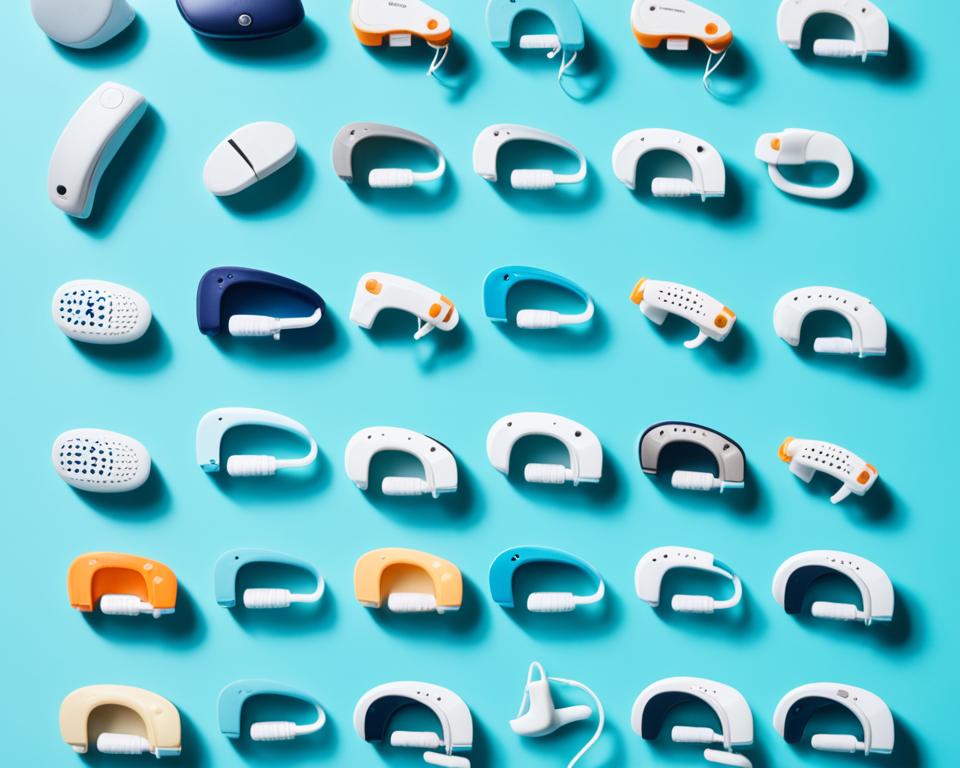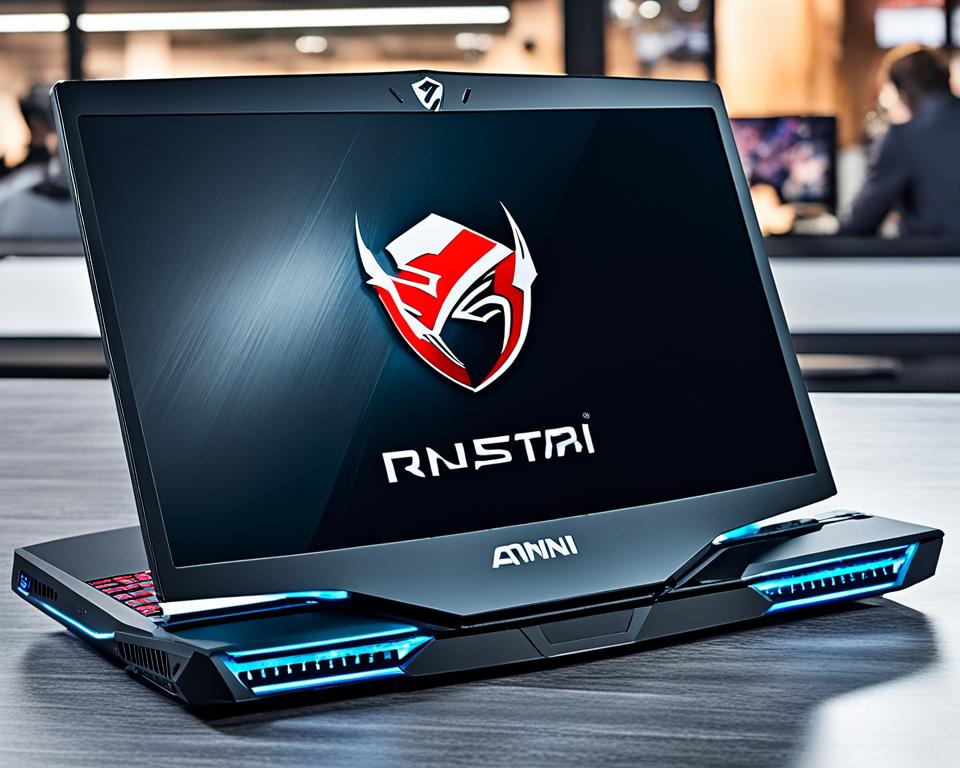
The maritime industry has been a major driver for innovation and technological development. The maritime drone is the next disruptive wave in the maritime industry. It will provide a new perspective on the maritime industry and will help it to achieve its goal of zero emissions.
Drones for Maritime operation are used for various purposes such as search and rescue, inspection, security, as well as emergency response. They used to monitor marine environments such as oil spills or underwater volcanoes. Maritime drones also used for monitoring ports and harbors by scanning vessels for contraband or illegal activity. There are many use cases of maritime drones which make them a disruptive technology in this field.
How do Drones Assist in Maritime Operations?
Drones used to assist in maritime operations in several ways. Drones used to measure the depth of water, identify the size and position of objects on the surface, and survey the landscape. In addition, drones also used for search and rescue missions.
Why is the Redundancy of Maritime Infrastructure a Huge Concern?
Maritime infrastructure is the backbone of the global economy. It provides reliable connections between ports, countries, and continents.
This infrastructure includes everything from ships to pipelines to marine terminals. It also made up of all the roads, bridges, railways, and tunnels that connect these different pieces. This includes all the people who work on these structures as well as those who maintain them.
The problem with maritime infrastructure is that it is becoming increasingly redundant. This means that it has too many connections or intersections where things can go wrong without any way to prevent it beforehand. It also means that there too many points of failure in this system for disasters to prevent before they happen.
The Developmental Processes of Military Unmanned Aerial Vehicles (UAVs) for Maritime Operation
Military Unmanned Aerial Vehicles (UAVs) for Drones for Maritime Operation is a new and developing field of technology. The U.S. Navy has been using drones in the form of unmanned aerial vehicles (UAVs) to carry out surveillance on submarines for over 20 years, but only recently have they begun to use them in the form of unmanned surface vessels (USVs). This shift is due to the fact that USVs are more cost-effective and stealthy than UAVs.
Why are Drones So Important in Modern Day Warfare?
Drones are an integral part of modern warfare. They used for intelligence, reconnaissance, surveillance, and target acquisition. Drones also used for targeting purposes in the UAV boat program.
How Drones Can Help Maritime Operators
Drones a new and upcoming technology that used for maritime operations. They can provide a cost-effective and efficient solution to the maritime industry. Drones used for many purposes such as:
– Inspection of offshore rigs, pipelines, and other infrastructure
– Monitoring activities on oil rigs
– Searching for lost people at sea
– Providing high-resolution imagery of offshore drilling platforms
– Collecting data about fish populations in the ocean
What are the Latest Developments in Maritime Drone Technology?
In the past, drones for maritime drones used for military purposes. Recently, they also used for commercial purposes. For example, they used to monitor marine life and send information to scientists.
Some of the latest developments in maritime drone technology include:
-The ability to carry out missions at lower costs without compromising on quality;
-A higher level of safety with improved collision avoidance systems;
-The ability to fly in bad weather conditions; and -A more robust design that is capable of enduring harsh environments.
Types of Drones that are Available and What They Can Do for Maritime Operators
Drones are an integral part of the future of drones for maritime operation. They can use for a variety of purposes, such as:
-surveillance and intelligence gathering
-search and rescue missions
-disaster response and recovery efforts
-environmental monitoring
-coastal and harbor surveillance
-maritime security operations
-anti-piracy patrols.
How Drones Will Transform the Maritime Industry and How to Get This New Technology on Board Your Vessels?
Drones will soon be a part of the maritime industry and there is no doubt that they will change it. This new technology can help to increase safety, efficiency, and productivity.
The drones for maritime operation has been slow to adopt this new technology but more and more companies are starting to see the value of drones. Getting drones onboard vessels is not as hard as it sounds. We need to start by understanding the pros and cons of using drones on ships, then we can decide how we want to implement them.
We have already seen some major changes in the maritime industry because of drone innovations. For example, a company called Matternet has created a drone delivery system for transporting goods from ship-to-shore or shore-to-ship without having them touch land at all during transport.
The Future of Drones For Maritime Operation in Maritime Industry and How They Used Today?
Drones are becoming increasingly popular in the maritime industry. They used for a variety of purposes, from inspecting ships to carrying cargo.
There many ways that drones can use on a ship today. They can use to inspect the ship, carry cargo, or even carry crew members.
Technology trends
Countries throughout the world are investing in the acquisition, research, and development of unmanned aerial vehicles (UAVs), which are now serving supporting roles, but their increasing size and capabilities will make them a force multiplier in naval operations in the near future. As AI technology advances, they will be able to conduct increasingly complex tasks.
GlobalData has highlighted the important defense and technology developments influencing the drones for marine operations subject.
Scalability
Drone makers focused on scaling drone technology up to offer higher carrying capacity and endurance, and down to deliver low-cost, tiny footprint drones for surveillance in order to enhance flight performance and increase the capabilities of their drones. Sensor miniaturization aids in reducing the total size and weight of drones, as well as their power needs. Size, weight, and power consumption (SWaP) metrics especially important for military unmanned aerial vehicles (UAVs) in order to enable successful intelligence, surveillance, and reconnaissance operations.
3D printing
3D printers have already proved their worth in the aerospace and defense industry. Aerospace, in particular, has seen some of the highest adoption rates across all industries, and the largest players are now transitioning from prototyping to parts manufacturing. 3D printing proven to be an excellent manufacturing solution for producing components and parts which contain significantly less material than other comparable, traditionally manufactured parts.
Processor chips
Microprocessors serve as the control centers for unmanned vehicles, providing a platform for control and communications software that integrates with collision avoidance sensors, high-definition cameras, and other sensors. Advances in chip design, driven in large measure by the mobile phone industry, are leading to smaller chips with higher performance and lower cost, which in turn drives down the manufacturing cost of unmanned vehicles.
Chip manufacturers are expanding the capabilities of system on a chip (SoC) components to combine multiple sensing and processing elements on a single chip. ARM-based processors from companies such as NXP Semiconductors and STMicroelectronics are among the most powerful in the market, with a major emphasis on low power/low cost. Presently, the market for drone processor chips actively pursued by Intel and Qualcomm.
Artificial intelligence (AI)
The growing volume of data gathered by unmanned vehicles will create demand for increasingly sophisticated analysis of that data. To effectively process incoming sensor data and draw meaningful conclusions, unmanned vehicles solutions need to make use of the latest data analytics technologies.
Additionally, AI enables ‘continued learning’ for unmanned vehicles through machine learning (ML) techniques to enable complex capabilities such as autonomous navigation and obstacle recognition and avoidance based on the International. While the industrial sector is already proving to be a significant market for unmanned vehicles with AI capabilities, service sector companies are also vying for AI-enabled unmanned vehicles to develop new business models.
Against this backdrop, the leading AI players are gearing up to establish themselves in the unmanned vehicles market. Microsoft, which is one of the world’s biggest investors in AI technology alongside IBM, Google, Alibaba, Intel, and Amazon, has partnered with DJI, the largest drone manufacturer, to use the Microsoft Azure IoT platform and AI tools for offerings targeted at the construction, law enforcement, and agriculture sectors.
Drones for Maritime Operation swarm technologies
Maritime swarming technology is speedily attracting the attention of naval forces globally. Networked unmanned maritime assets are a key future tool for surveillance, data gathering, decoying, protecting high-value units and ports, minesweeping, detecting submarines, and limiting capital ship exposure, as well as neutralizing or destroying enemy assets. As UAVs improve in terms of SwaP parameters and also become cheaper to produce, with almost complete autonomous capabilities achievable in the near future, swarming, defined as multiple autonomous aircraft networked together, is anticipated to usher in a new era of UAV capabilities.
As this technology matures and applications disseminate into the global marketplace, the applications of such technology in an asymmetrical battlefield or urban terror scenarios hold serious ramifications for security agencies facing imminent threats in the wake of both state and non-state-sponsored aggression. For instance, hundreds of miniature UAVs can be in synchronized flight for reconnaissance or attack missions simultaneously.
3D technology
The ability of 3D modeling technologies to consume drone data in the form of imagery and radar/LIDAR data and convert it into complete topological models makes it possible to survey and monitor the landscape and the objects within it. Whether the application is the surveying of structures like bridges, buildings, factories, or oil rigs, or the monitoring of farmland or forestry, drones are increasingly being integrated with improved sensors, high-definition cameras, and computer algorithms that can condense the images into 3D virtual images and enable easy assessment of anomalies.
Industries that require frequent inspection and surveillance of pipelines, tracks, and fields are using drones that can follow pre-set trajectories and simultaneously provide data to the user.
Drones for Maritime Operation integrated with 3D technologies are beginning to be used to carry out maintenance and repair operations, particularly in inaccessible or dangerous environments.
Battery technology
Most drones today are powered by lithium polymer (LiPo) batteries, which can deliver the sufficient energy required to perform standard drone flights. However, the ability to transport increasingly heavy payloads and to conduct more demanding operations in varied environments is constrained by the fact that current drones are limited in terms of their endurance.
Growing demand for longer flight times and greater carrying capacity is driving drone manufacturers to explore alternative technologies, such as hydrogen cells, gasoline-powered solutions, solar batteries, gas-electric hybrid solutions, and laser solutions.
Anti-collision technology
The widespread application of drone technology will require effective anti-collision systems. To ensure that they can be operated safely in public places. Different sensor payloads are being developed to establish improved management and control of drones. In order to satisfy regulators and insurers that drones can be operated safely and autonomously.
The European Union (EU) has a USpace program under the Single European Sky Air Traffic Management Research (SESAR) project and the US’ NextGen programs are aiding the development of anti-collision measures and also validating the feasibilities of high demanding beyond visual line of sight (BVLOS) operations.
Unmanned aircraft system traffic management (UTM)
As the adoption and application of drone technology become more widespread. The need for an autonomous UTM system, which can ensure the safety, security, and control of drones in low-altitude airspaces. Will grow significantly. In addition, the need for UTM is identified as a key enabler for future autonomous passenger drones. Vertical take-off, and landing (VTOL) air systems, and beyond visual line of sight (BVLOS) operations. Taking cues from the established air traffic management (ATM) system. UTM initiatives are primarily focused on three parameters – communications, navigation, and surveillance.
Drone delivery
Drone delivery is the most anticipated, and hyped, commercial application of drone technology. Encouraged by Amazon’s vision of drone-powered package deliveries. The global drone community has shown great interest in this new model of distribution. With numerous initiatives currently in pilot testing worldwide, it is expected to cause significant disruption to exist industrial distribution channels.
Some companies are looking at hyper-local/hyper-personal drone delivery by applying AI, 3D, and augmented reality (AR). For instance, IBM’s drones can recognize a person’s need for coffee using inputs from his/her wearable gadget. And deliver it from a nearby coffee counter. In addition, companies such as Volocopter and Ehang have demonstrated the capabilities of passenger delivery via drone. Suggesting a new, cost-effective mode of transport. Uber also initiated the Uber Elevate program to evaluate the feasibilities of deploying passenger-carrying VTOL drones.
Related Articles:








